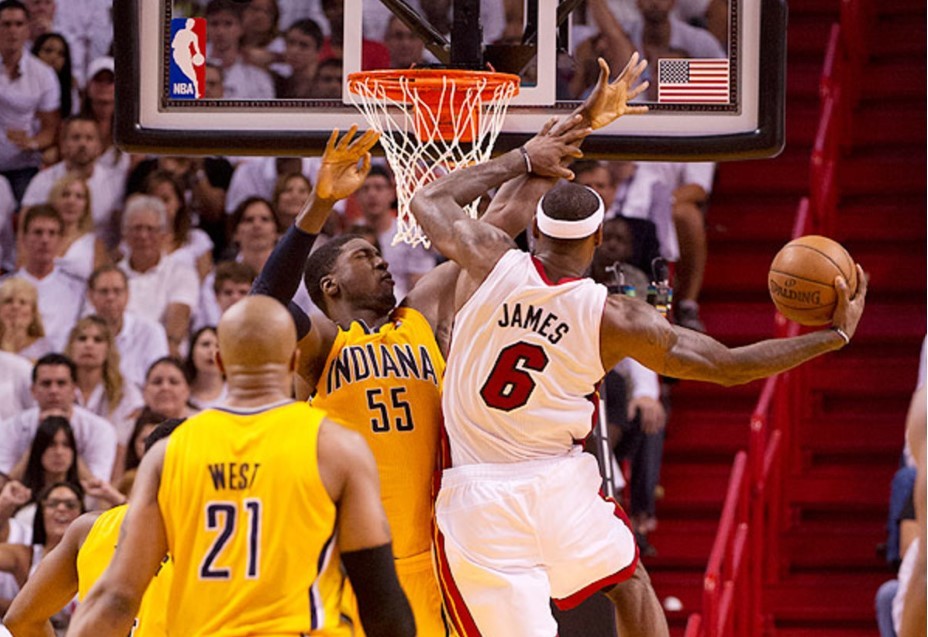How To Get Rid Of Pimples With The Treatment At Home
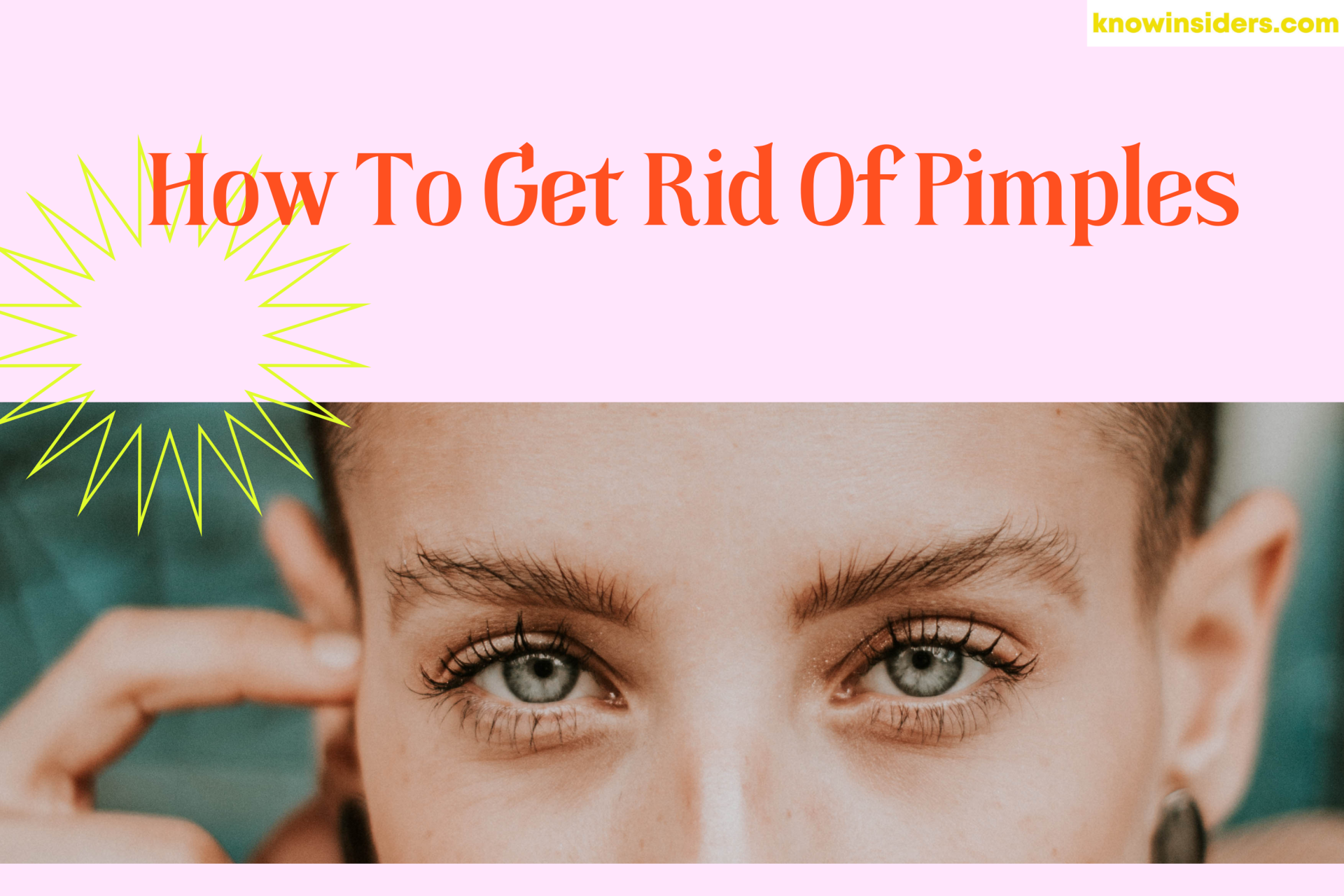 |
| Tips To Get Rid Of Pimples At Home. Photo: KnowInsiders.com |
| Table of Contents |
How do pimples form?
The hair follicles in your skin are surrounded by millions of tiny wells, or pores. Pores lead down to the sebaceous gland, which produces oil for the skin. The oily sebum is made by this gland. Sebum is constantly being released into the hair follicles and skin in minute amounts. The sebum also carries away the dead skin cells with it.
The sebaceous gland can produce an excess of sebum on rare occasions. A clogged pore may result from an excess of oil. The gland becomes clogged due to an accumulation of oil and dead skin cells. The buildup of oil, bacteria, and sebum causes this pore to close off. Yes, the bacteria can reproduce. Infection, inflammation, and swelling in the area around the blocked pore can result from contact with these bacteria. Sometimes, pus will rise to the surface of the clogged pore, appearing as a white point. This will cause a zit to form.
Types of Pimples
 |
| Photo self |
There are many different kinds of acne breakouts, including blackheads, whiteheads, and cysts.
Acne comes in a variety of forms, each with its own telltale symptoms:
Whiteheads are non-healing acne pimples that stay under the skin and do not break the surface. They look like a tiny papule that could be any shade of flesh.
Blackheads are protrusions from the skin's surface that are also known as open comedones. The oxidation of melanin, the skin's pigment, gives them their black or dark brown color.
Because of their appearance, some people mistakenly think they are caused by dirt and scrub their faces constantly to get rid of them. To no avail, scrubbing. It could cause skin irritation and other issues.
Papules are raised bumps that look like small, solid, rounded peas. Commonly, they will be pink.
Pustules are inflamed, pus-filled zits. They stick out prominently from the skin and are easy to spot. The foundation is crimson, while the pus sits atop.
Nodules are larger variations of papules with a similar structure. They're buried deep in the skin, and they hurt.
It's easy to spot a cyst on the skin's surface. Pustules are inflamed and often painful. Scarring is a common result of cysts.
READ MORE: What is Acne: Causes, Tips and treatment at home
Fast facts on pimplesKey points about zits are presented below. The main article expands upon this. Blackheads and cysts are two extremes of the acne spectrum. Acne forms when sebaceous glands produce too much oil, dead skin cells block pores, and an infection sets in. Although acne is more common in teenagers, it can occur at any age. No single food has been definitively linked to acne, but eating well has been shown to lower the risk of the condition. |
How To Remove Pimples Fast
1.Apply Ice to the Pimple
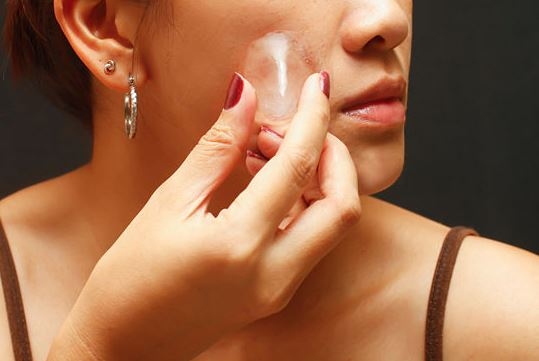 |
| Photo HosBeg |
Here is a technique that many estheticians use. Acne inflammation can be soothed by applying an ice cube directly to the affected area. This is a neat solution for invisible flaws that are causing you pain under the skin.
Wrap the ice cube in a soft cloth before using it, as you don't want it to make direct contact with your skin. Avoid icing the zit for an extended period of time (frostbite, anyone?). A few times a day or right before you go out, ice for 20 or 30 seconds and then rest for about a minute.
Why is it so cold and not hot? Steaming or applying a hot compress right before you go out is the worst thing you could do if you're trying to hide a pimple or reduce its size. Since heat causes expansion, the pimple will appear both larger and redder as a result.
This advice is useful not only for smaller imperfections but also for larger, more inflamed acne lesions like nodules and cysts. Although icing won't speed up the blemish's healing time, it will help alleviate the discomfort caused by these swollen breakouts.
2. Apply a Paste of Crushed Aspirin to the Pimple
Salicylic acid, found in aspirin, effectively dissolves dead skin cells and cuts through oil. Make a paste by combining the crushed aspirin with a few drops of water. Apply the paste to the zit by dabbing it on. The pimple's pain and inflammation should subside as a result. Ten to fifteen minutes after applying the paste, wash it off with warm water.
Don’t overdry the affected areaAccording to New York City dermatologist Neal Schultz, M.D., it's not the chemical but the concentration that matters. A common misconception, he says, is that "more is better" when it comes to acids like salicylic and glycolic. The active ingredient eventually irritates the skin to the point where it becomes scaly, flaky, and red. Once acne has already appeared, a lower concentration of the active ingredient may be tried to avoid irritation. Zeichner suggests looking for a concentration of benzoyl peroxide on the label of about 2.5%. Paula's Choice Clear Regular Strength Daily Skin Clearing Treatment is one that actually works. |
3. Use An Over-the-Counter Acne Spot Treatment
There are a few key ingredients that can help you narrow down your options when picking an OTC acne medication. One of these is salicylic acid, which was just mentioned. Benzoyl peroxide is another component worth considering. Benzoyl peroxide helps clear acne by killing the bacteria that thrives on oil and dead skin cells. Both of these ingredients are benign and perform similarly, but the product you choose and the frequency with which you apply it will depend on your individual skin.
If localized treatments aren't doing the trick, try a sulfur mask instead. Sulfur can help make that swollen pimple appear smaller because it helps unclog pores and reduces inflammation.
For a long time, people who suffered from acne turned to sulfur as a treatment. The unpleasant odor of older treatments has thankfully been eliminated in modern ones.1
You can either target the offending pimple specifically or apply the mask all over your face (the latter will have the added benefit of making your pores appear less noticeable). You can find sulfur facial masks at your local drugstore, department store, or spa.
For maximum effectiveness, leave some products on overnight as spot treatment, while others need to be rinsed off after only a few minutes. Always read labels carefully; unless instructed to do so, removing a mask before bed is not recommended.
4.Apply a sulfur mask
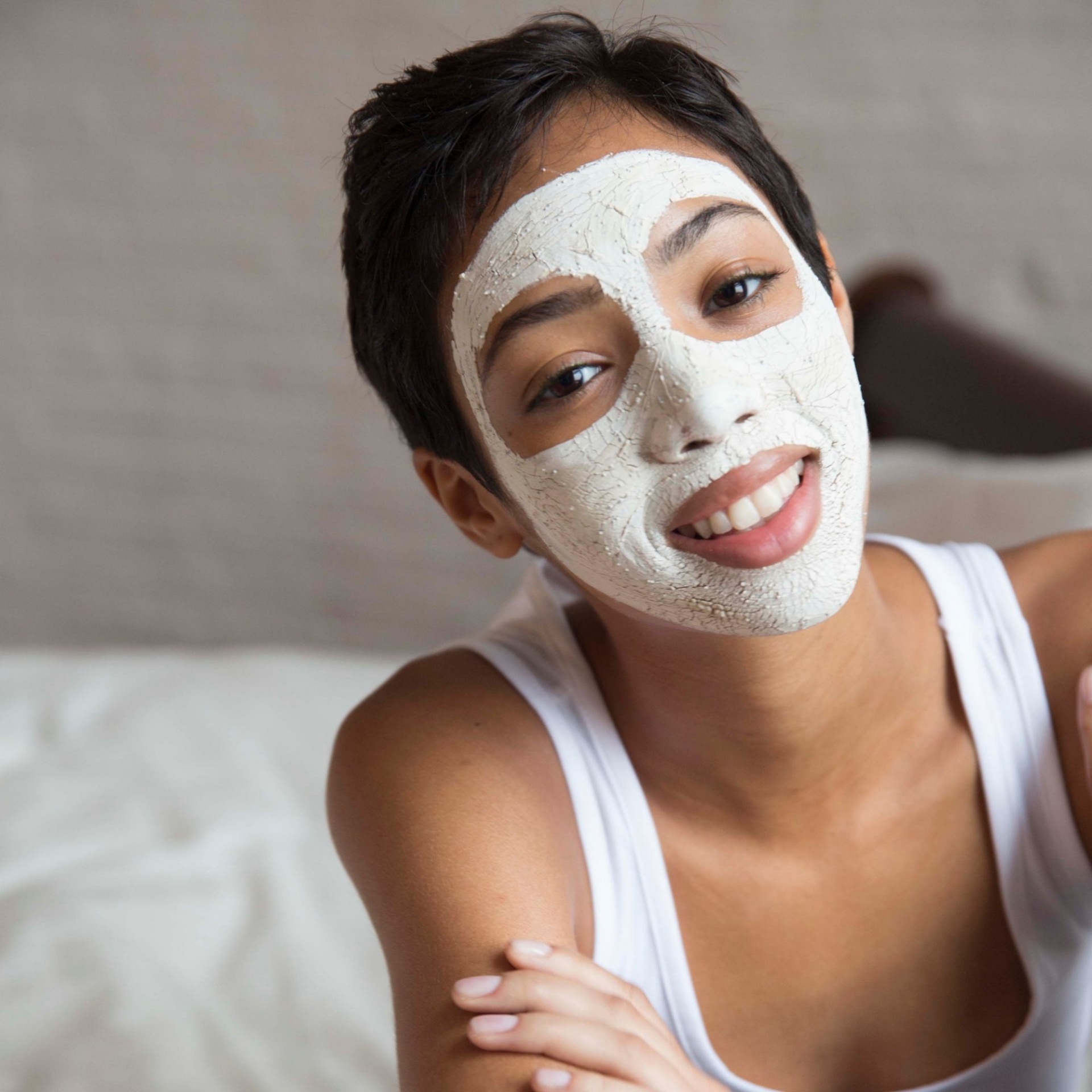 |
| Photo AnceFree |
If localized treatments aren't doing the trick, try a sulfur mask instead. Sulfur can help make that swollen pimple appear smaller because it helps unclog pores and reduces inflammation.
For a long time, people who suffered from acne turned to sulfur as a treatment. The unpleasant odor of older treatments has thankfully been eliminated in modern ones.
You can either spot treat the offending pimple or use the mask all over your face (the latter will have the added benefit of making your pores appear less noticeable). You can find sulfur facial masks at your local drugstore, department store, or spa.
For maximum effectiveness, leave some products on overnight as spot treatment, while others need to be rinsed off after only a few minutes. Always read labels carefully; unless instructed to do so, removing a mask before bed is not recommended.
5.Get A Corison Injection
An injection of cortisone may be helpful for extremely deep, painful pimples or cystic breakouts that refuse to go away on their own. The spot is injected with diluted cortisone during this quick procedure.3
The discomfort and swelling should disappear in a matter of hours. In most cases, the breakout settles to a flat surface within 48 hours.
If you need your breakout gone quickly and nothing else seems to work, a cortisone shot might be your best bet. You should discuss this possibility with your doctor well in advance of any actual need.
How to reduce pimple swelling overnight
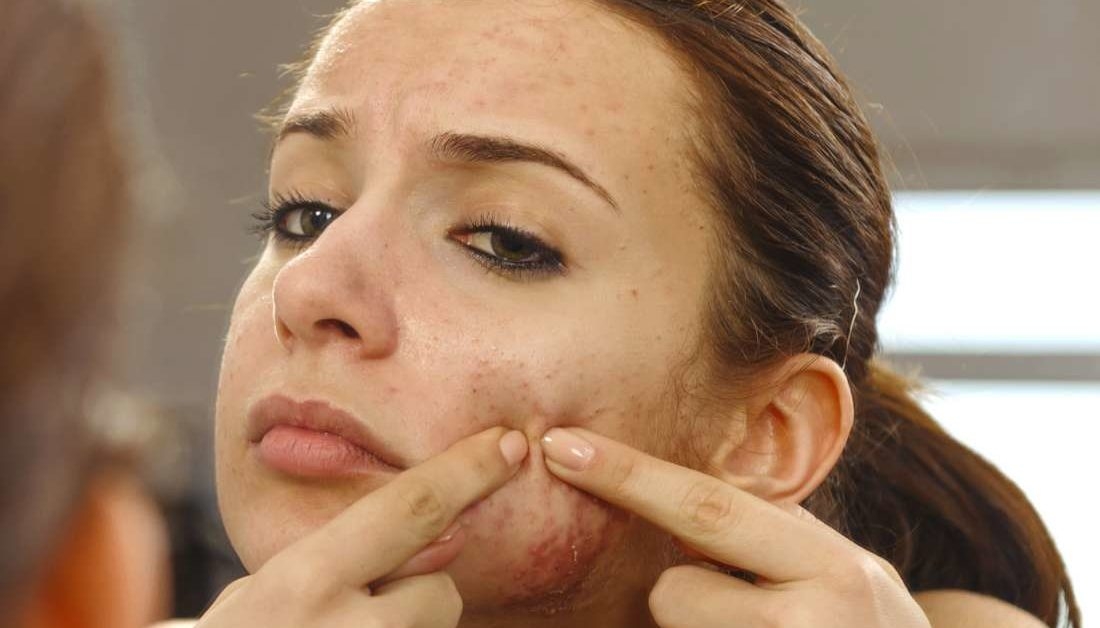 |
| Photo Medical News |
The American Academy of Dermatology (AAD) suggests the following for treating a fresh breakout at home:
Scrubbing the skin gently and drying it off with a fresh towel.
Acne can be treated by applying ice cubes wrapped in a cloth to the affected area for 5-10 minutes.
Reapplying the ice for another 5-10 minutes after a 10-minute break.
Using a benzoyl peroxide spot treatment with a concentration of at least 2%.
If you take care of your acne before bed, you might wake up with less noticeable bumps.
A hot compress can be used once a whitehead has formed. That is to say:
Prepare a hot water soak for a fresh washcloth.
Wait 10 to 15 minutes before washing the area.
Do this three or four times a day.
How to prevent pimple (acne) breakouts
The face must be kept clean. If you have acne or not, you should still wash your face twice a day to get rid of dirt, oil, and dead skin. There is no clear benefit to washing more frequently than twice daily, and it could actually be harmful. When washing your face, opt for warm water rather than hot. Using a soap that is too harsh (such as a deodorant body soap) can aggravate already irritated skin.
You shouldn't scrub your skin too vigorously with a loofah, washcloth, or exfoliating glove. Use your hands or a very soft cloth to carefully clean it. After washing your face, always pat it dry with a clean towel. (Throw the towel in the hamper, as using a soiled towel can spread germs.) The washcloth should only be used once.
Moisturize. Use a moisturizer that prevents dryness and peeling after using an acne treatment, as many of these products contain drying ingredients. If you want to avoid getting acne, look for the word "noncomedogenic" on the label. Moisturizers can be found for oily, dry, and combination skin types.
Put on minimal makeup. Foundation, powder, and blush should be avoided during a breakout. Makeup should be removed every night before bed if worn. Makeup should be oil-free and chemical- and dye-free if at all possible. Pick out cosmetics that claim to be "noncomedogenic," or acne-free. Check the label for a list of ingredients before making a purchase.
Be careful with the hair products you use. Don't put any scented products in your hair, including oils, pomades, or gels. They can clog pores and cause irritation if they land on your face. To avoid irritating your hair, use mild products. If you tend to break out, it's probably a good idea to wash your hair more frequently than usual. Your hair is long? Keep it down and out of your eyes.
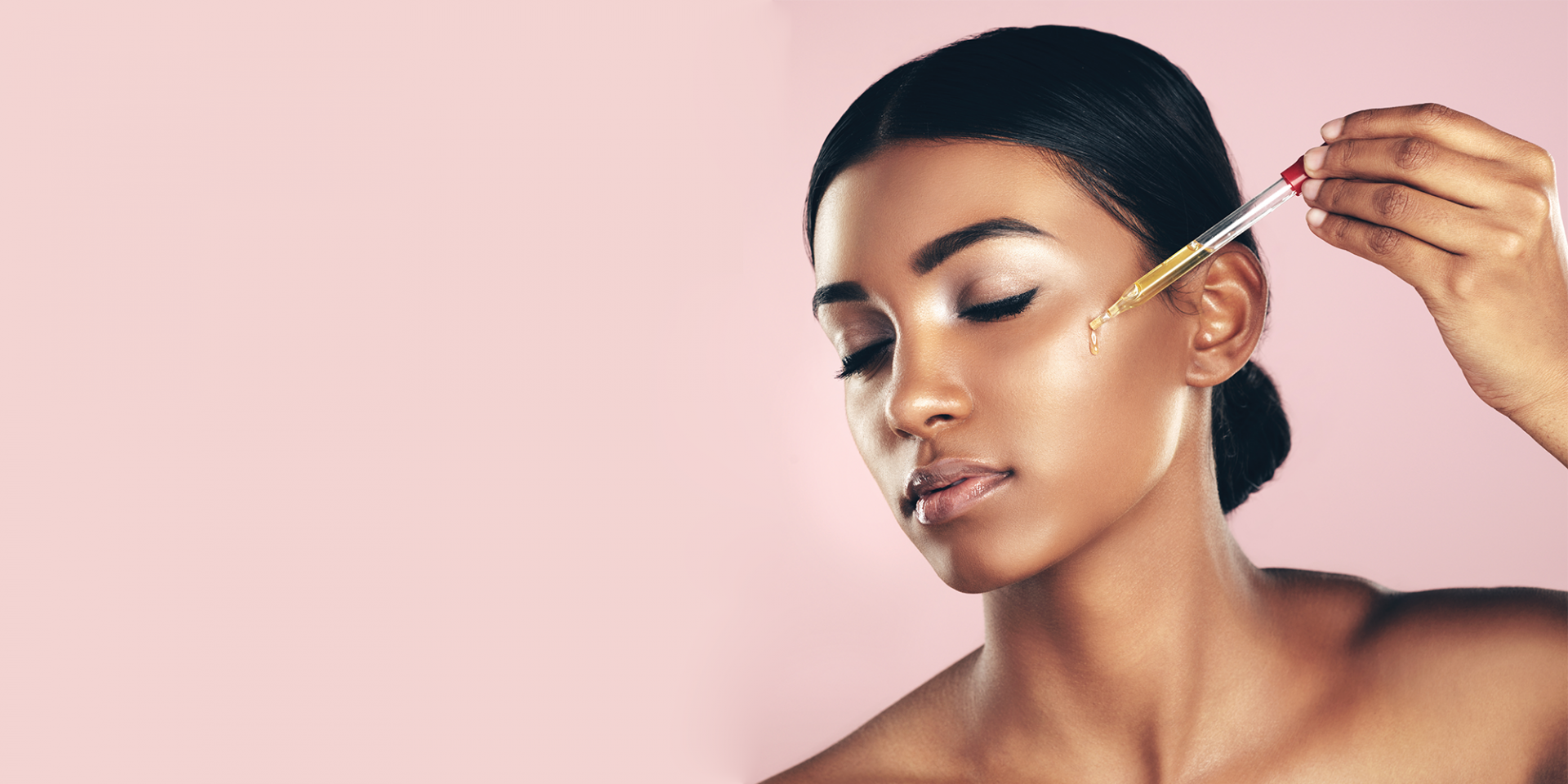 12 Fascinating Facts About the Skin 12 Fascinating Facts About the Skin Your skin is your largest organ and plays a vital role in detecting hot and cold, regulating your body temperature and protecting your muscles, bones ... |
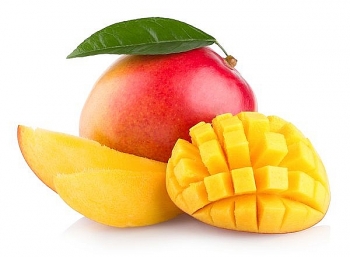 Top Fruits You Should Eat Daily For Glowing Skin Top Fruits You Should Eat Daily For Glowing Skin Do you like eating a juicy mango or do you like to relish a mushy banana? It is a fact that eating fruits can not ... |
 Top 6 Fashion Tips for Skinny Guys Top 6 Fashion Tips for Skinny Guys While most of us aspire to be thinner, there’s something about dressing for guys that never filled out, and can’t escape the snark about being ... |










